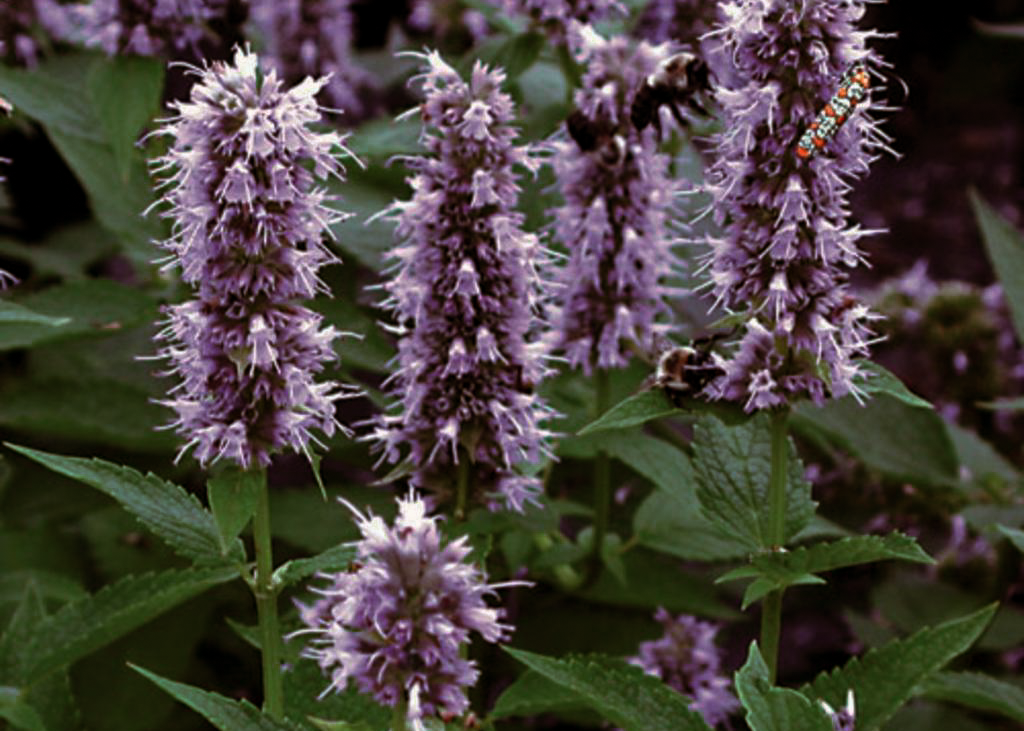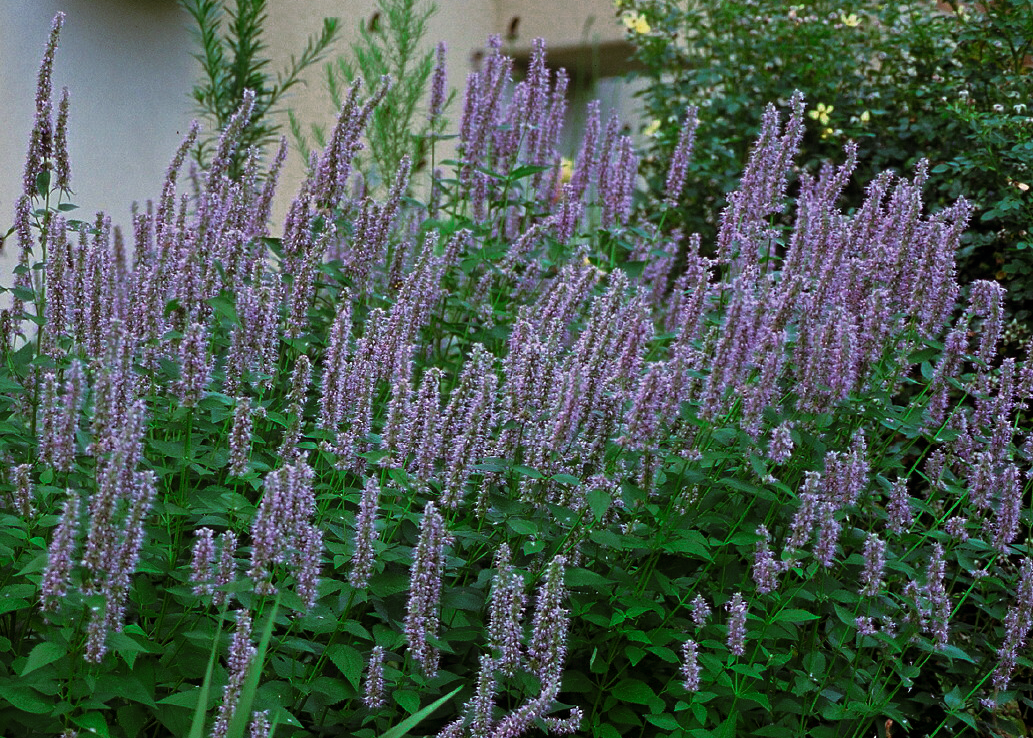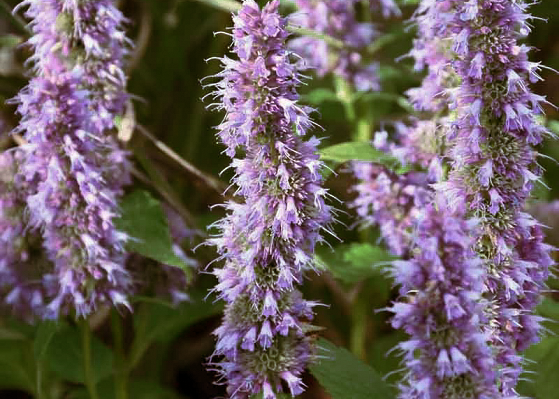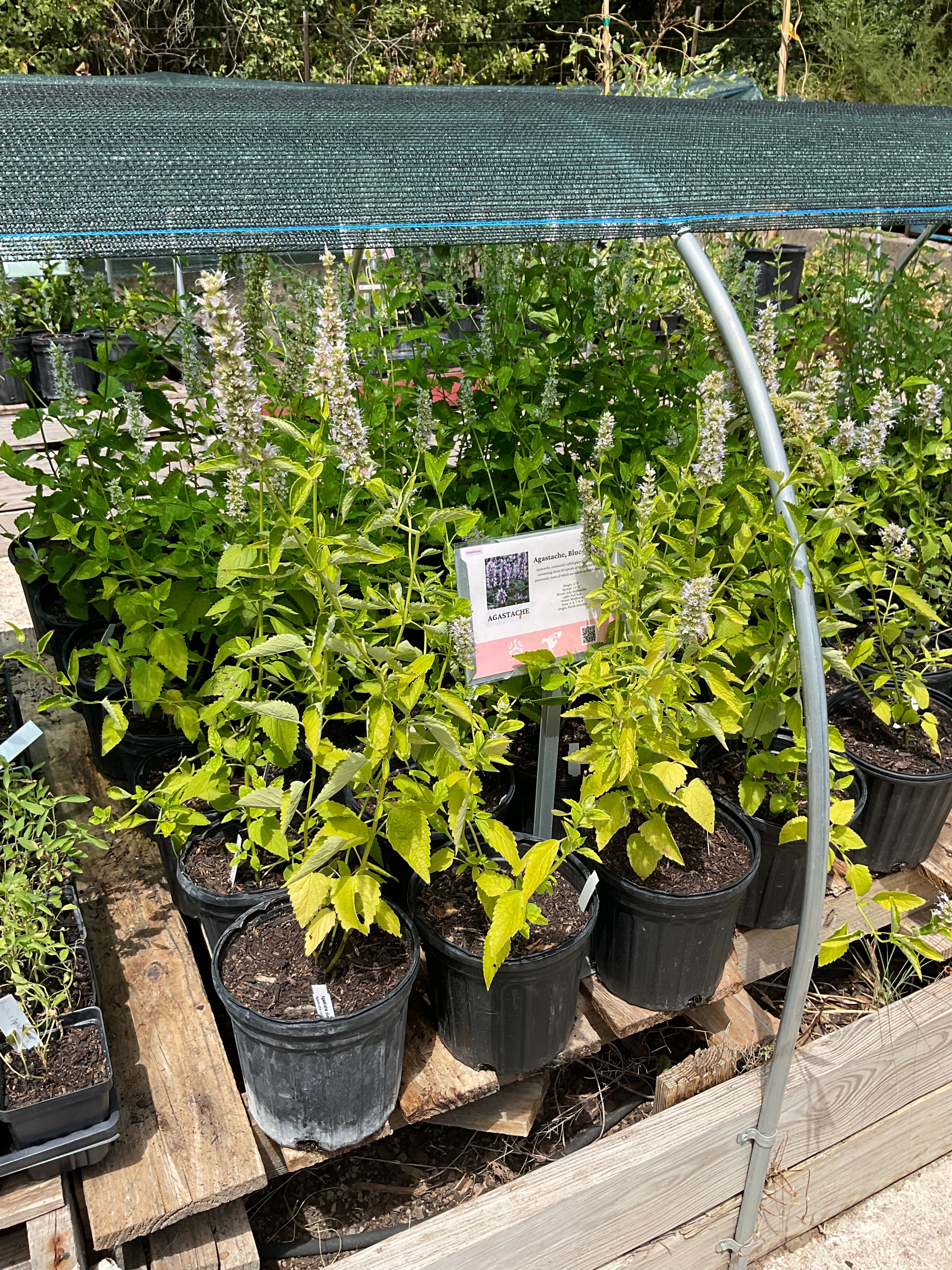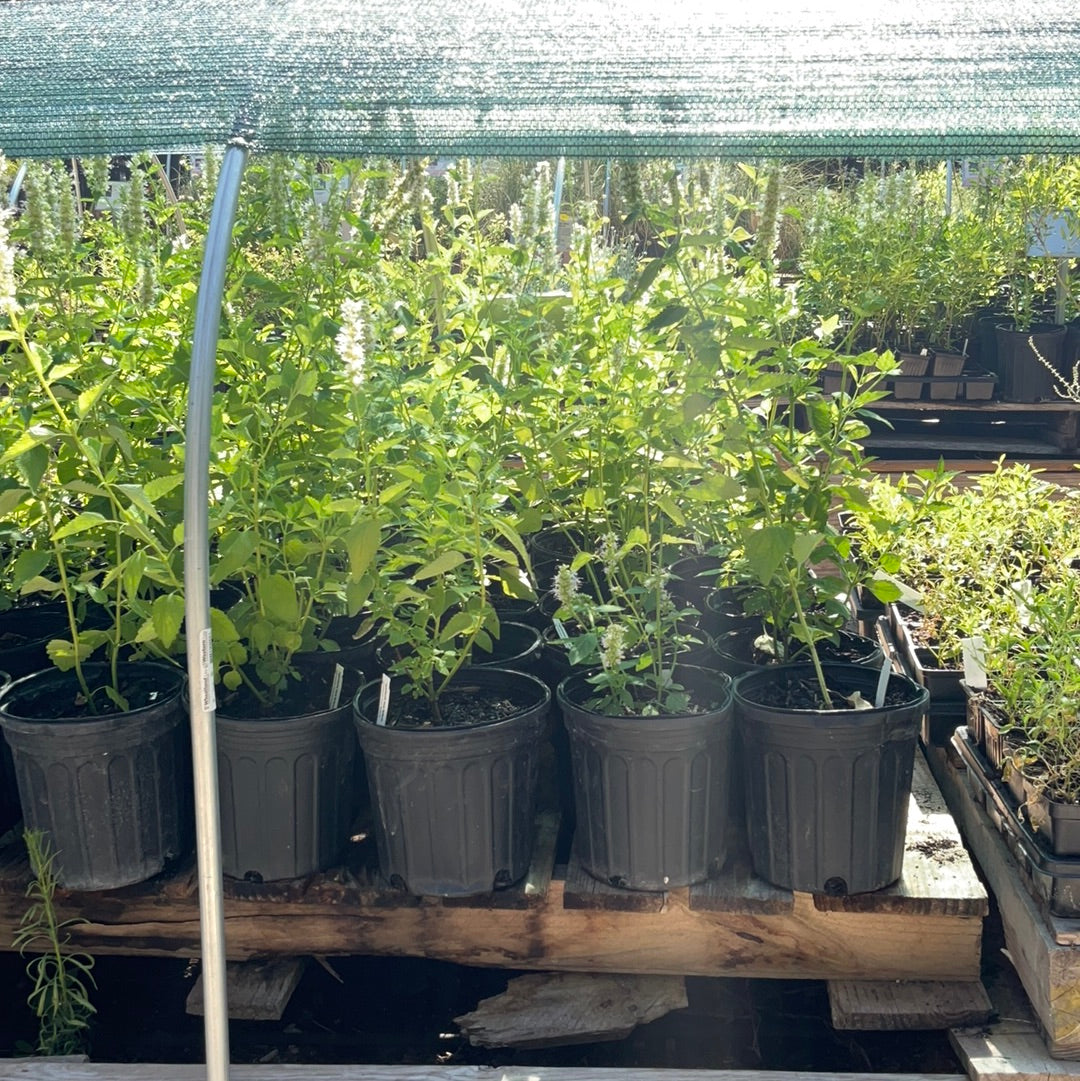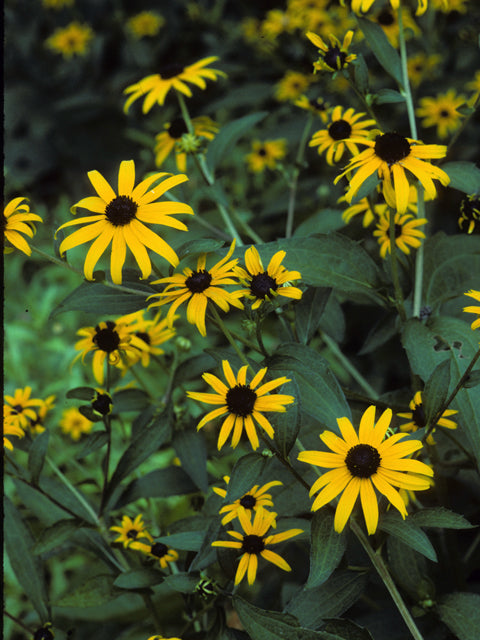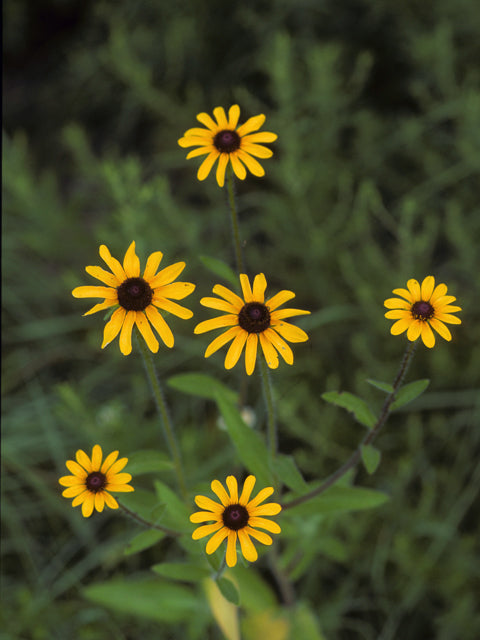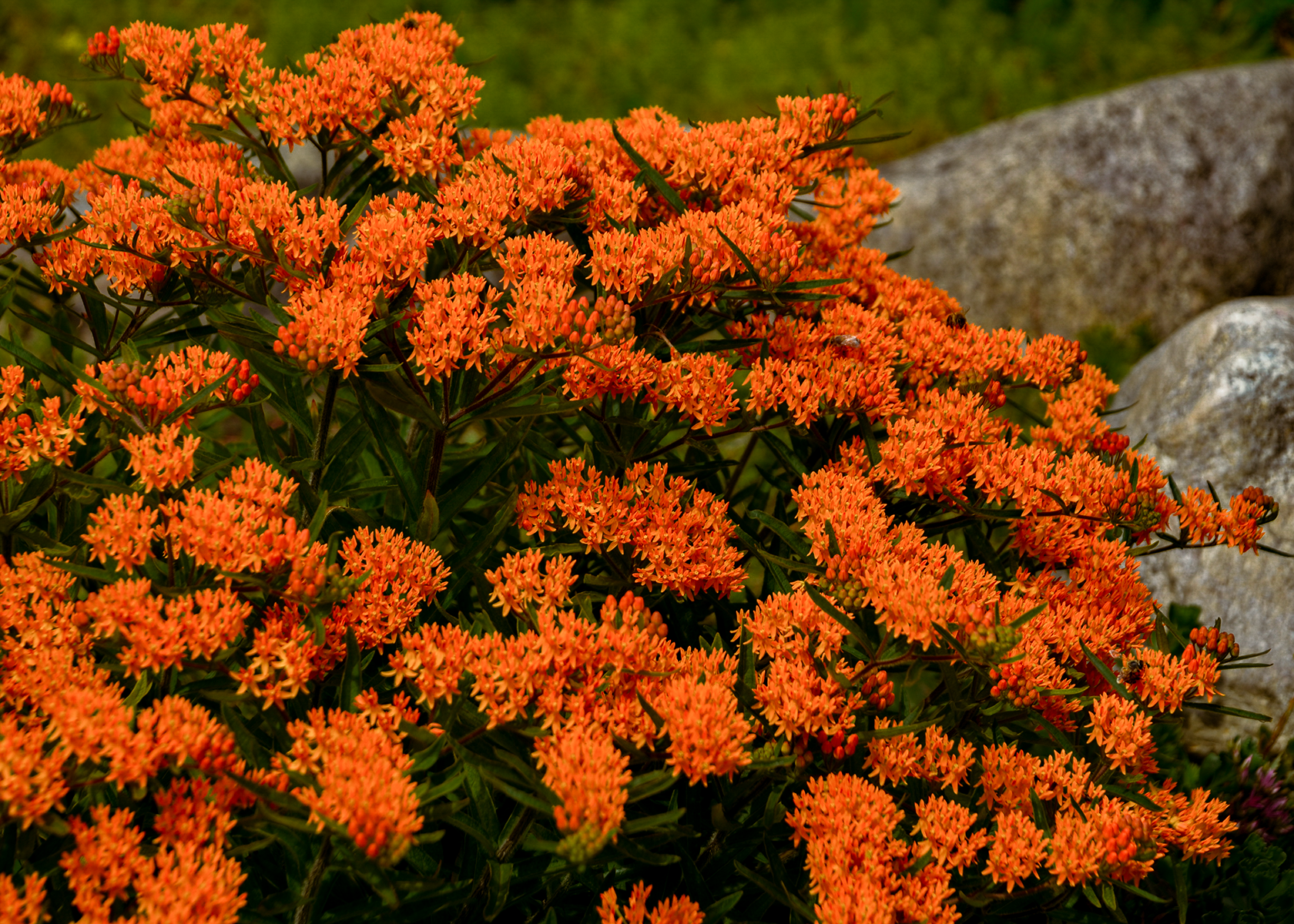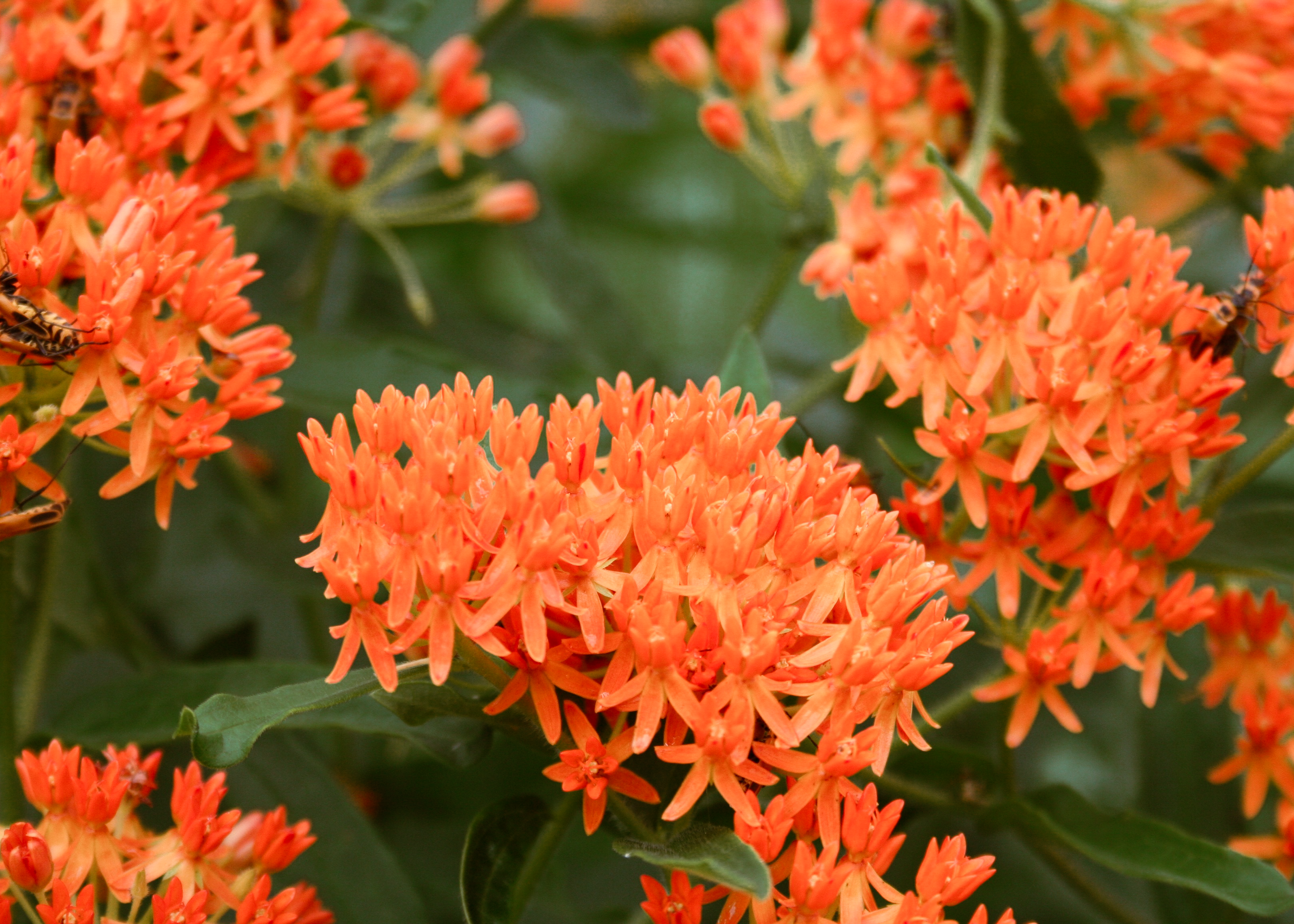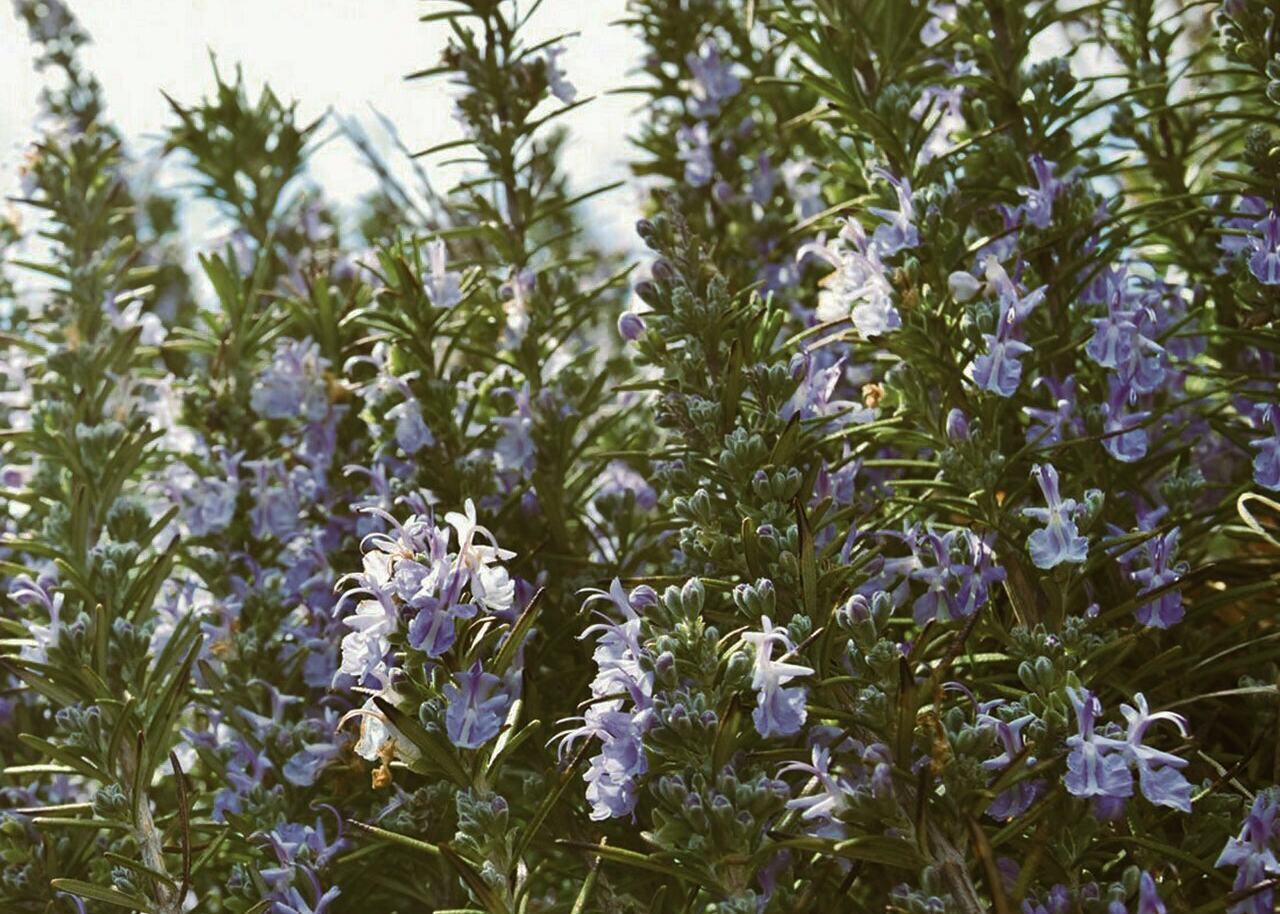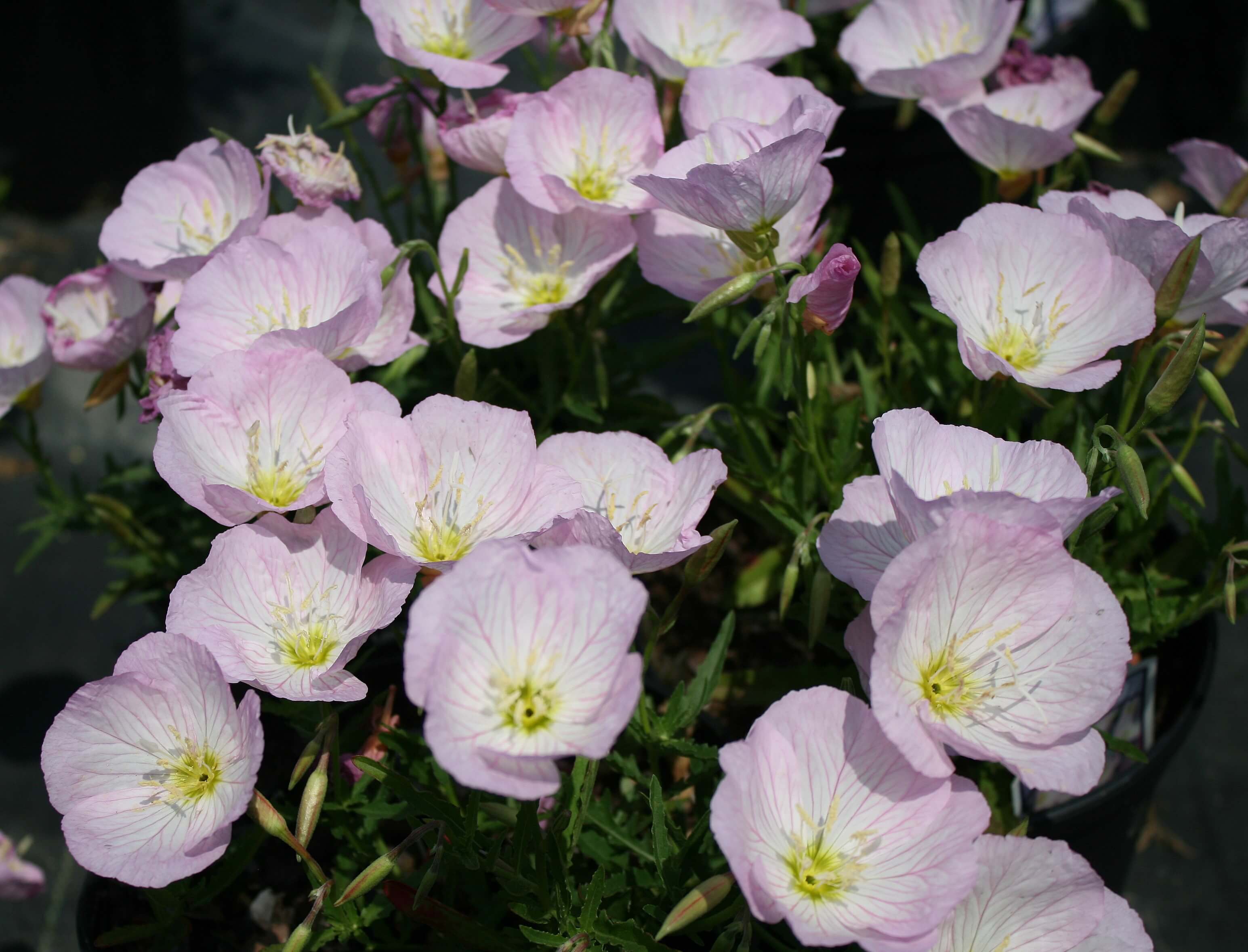Agastache, commonly called giant hyssop, is a genus containing about 30 species of upright herbaceous perennials, most of which are native to North America.
Agastache hybrids often have showier flowers and better winter hardiness than species plants. Hybrid flowers come in various colors, including red, orange, pink, yellow, and white. Hybrids typically feature dense terminal spikes of tiny 2-lipped tubular flowers which bloom mid-summer to fall in many-flowered verticillasters (false whorls) atop 2-4' tall stiff square stems clad with opposite pairs of serrate, fragrant (anise/licorice scented) gray-green to medium green leaves. Flowers are attractive to bees, hummingbirds, and butterflies.
'Blue Fortune' features tiny, tube-shaped, lavender-blue flowers tightly packed in rounded verticillasters (false whorls) in 4" long interrupted terminal spikes atop stiff square stems typically growing to 3' tall. Flowers bloom freely over a long summer to early fall bloom period and are attractive to butterflies. Ovate-lanceolate leaves (up to 4" long) are downy beneath and have a pleasant minty-anise fragrance. Leaves may be used in potpourris or to flavor cold drinks.
They are quickly grown in average, medium moisture, well-drained soils in full sun. Tolerant of some light shade. Good soil drainage is essential. Plants will perform poorly and may not survive winter in hard clay soils that retain moisture. Plants tolerate heat and some dry soils once established. Deadhead spent flowers to promote additional bloom. Agastache hybrids are typically winter hardy to at least USDA Zone 6. Where winter survival is a potential problem, plants should be sited in protected locations (e.g., southern exposures), with leaf and flower stem left over winter for additional protection. Sandy/gravelly mulches will protect plants and help to avoid the onset of rot. Hybrids grown from seed will usually not come true.
